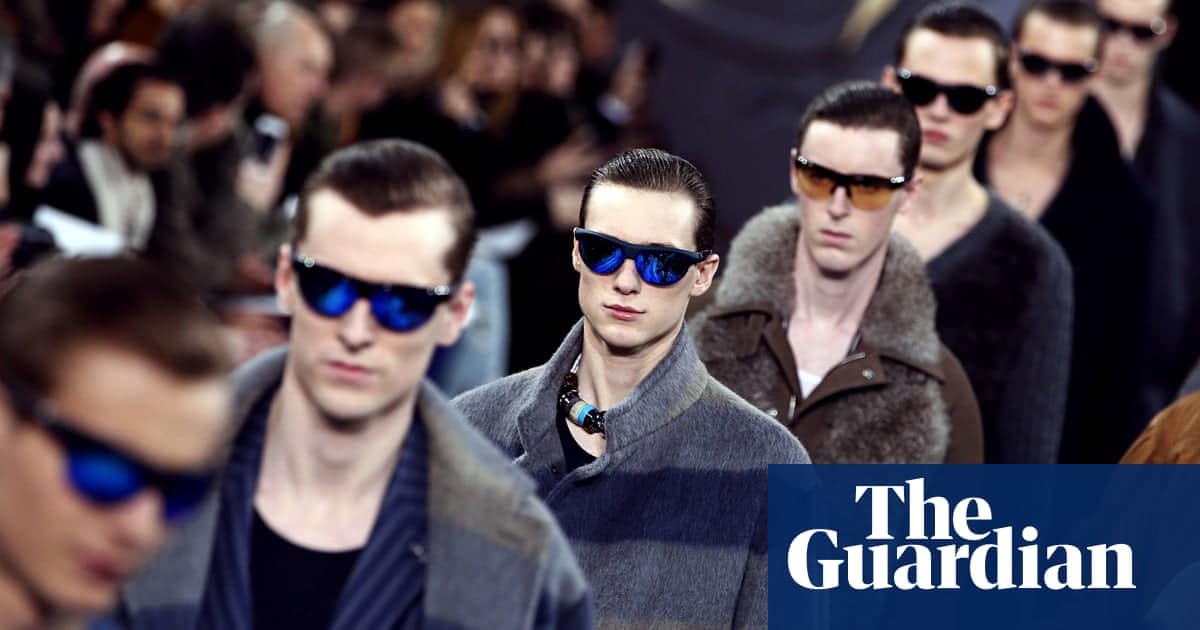
It’s been piloting ad placements since last year and recently inked a $40m spending commitment from Omnicom. The signs look promising for Instagram’s advertising proposition.
While advertising posts are not yet available to all, the platform saw 493,000 posts from US brands in Q2 alone, according to new Shareablee data.
But, before it asks marketers for their money, Instagram should first solve a much bigger problem its users face every day – clean up the brand confusion.
Unbeknown to many, Instagram is allowing dozens of major brands’ identities to be squatted, passed off by fake accounts using official logos and trade names to dupe unwitting followers.
Several agencies have privately voiced concerns about this to me – but nobody wants to talk about it, because everyone wants stay in Instagram’s good books. After all, no one is yet quite sure how the service will deploy its ad sales offering.
To delve in to the problem, we used BirdSong to analyse 50 of the largest global brands on Instagram; for each name, looking at the most popular 40 returned accounts. The results should give some agencies sleepless nights.
On average, these companies have more than six fake rivals, competing for their followers and potentially corrupting their profile.
The worst affected are some of the biggest brands of all. Adidas Originals has 22 imitators, while Starbucks has 21.
Tips on policing your brand’s Instagram reputation:
- Brands should ensure all their approved accounts, including affiliates and franchises, maintain a consistent logo or icon.
- In lieu of an official verification mechanism, brands should see to it that their account biography states the official nature of the profile.
- Use sites other than Instagram to validate your Instagram presence. Linking from your key official brand sites to your one true Instagram profile is a good way to create awareness for your authorised social presence.
- Actively police brand terms – you should run regular searches for your brand’s name, recording any accounts with suspicious activities and reporting them to Instagram for action.
If you think imitation is the sincerest form of flattery, think again. At best, by allowing users to follow accounts purporting to be a brand they are not, Instagram is depriving companies of their rightful followers. More serious, consumers who unwittingly follow a counterfeit account may receive photos that are way off-message and, at worst, are actively destructive.
Searching Instagram for lingerie brand Victoria’s Secret turns up 18 competing accounts. At the least, this causes users enough confusion about which one is genuine that consumers may never find the real company. But the outcomes could be worse.
On Instagram, franchise or concession operations – let’s say, your local Starbucks or Dominos – are free to set up profiles bearing their patron’s name which may appear to be official but which may go dramatically off-message from the corporate line. There is even the risk that rival brands will set up fake accounts to ensnare your own genuine customers.
Why else would someone set up a fake brand account? Some nefarious operators are using recognisable photos to snag followers, directing them to their own websites, where they may try to profit from affiliate sales. It’s possible some imitators aim to amass followers whom they intend to sell in future.
Twitter has wrestled with this problem, and solved it. Launched in 2009, its verified accounts allow a person or brand to establish its true identity with a blue profile badge. Facebook followed suit a year ago.
Both of those networks are now building substantial advertising businesses. But, despite routine speculation over the last couple of years, Instagram still shows no sign of introducing this feature. If Instagram wants to follow suit, it should launch the same feature as soon as possible.
If Instagram doesn’t implement such a feature, it may come un-stuck when it opens up its ad sales operation. After all, the first question most agencies will ask it, before they pay any money, will be: “What are you going to do about the fake accounts?”